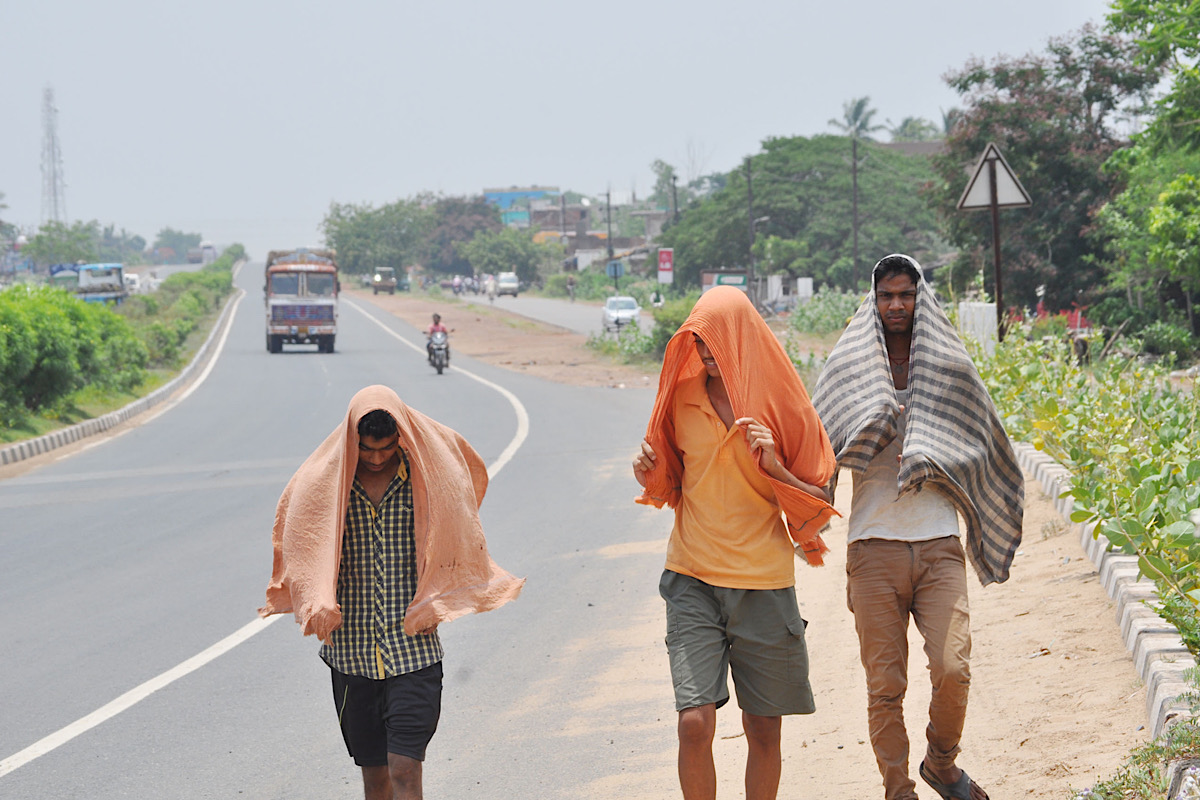As New Delhi recorded an unprecedented temperature of 52.9 degrees Celsius, it is evident that northern India is grappling with an extreme heat crisis. This situation underscores the urgency for both immediate relief measures and long-term strategies to mitigate the effects of rising temperatures, exacerbated by climate change. The heat has brought life to a standstill in parts of Delhi.
The soaring temperatures have led to severe health risks, with students fainting in schools and a scarcity of drinking water adding to the woes. These conditions are not just inconvenient but life-threatening. The government has rightly taken steps to manage water supply and curb wastage, imposing fines of Rs 2,000 on those found washing cars or wasting water. However, these measures, while necessary, are reactive rather than proactive. The Indian Meteorological Department (IMD) has highlighted the need to verify the data from Mungeshpur in north Delhi, suggesting that there might be anomalies. Yet, even if the exact figures are contested, the broader trend is unmistakable.
Advertisement
Delhi, along with other parts of north India, is experiencing unprecedented heat levels that demand a comprehensive response. Climate experts have pointed to the unusual transition from El Nino to La Nina as a factor contributing to the prolonged heat. This shift has disrupted typical weather patterns, preventing the influx of moisture-laden winds that could alleviate the heat. However, attributing the crisis solely to natural phenomena overlooks the significant role of humandriven climate change. Rapid urbanisation and industrial activities in Delhi and other parts of India have undoubtedly contributed to the escalating temperatures.
In the short term, there is an urgent need to protect vulnerable populations, particularly children, the elderly, and those without access to adequate shelter. Ensuring that schools are equipped with functioning fans and, where possible, desert coolers, can mitigate the immediate impacts on students. The closure of schools in Bihar until June 8 is a prudent step that should be considered by other states facing similar conditions. Long-term solutions must address the root causes of climate change. This includes reducing greenhouse gas emissions through stringent regulations on industries and promoting the use of renewable energy sources. Urban planning must also prioritise green spaces, which can help moderate urban temperatures and provide respite from the heat. Moreover, public awareness campaigns are crucial in educating citizens about the dangers of heat waves and the importance of water conservation.
Community initiatives, such as distributing free cold drinks, as seen in parts of Delhi, should be encouraged and supported by local authorities. The recent contrast in weather conditions within India ~ extreme heat in the north and heavy rains in the east and northeast ~ highlights the complex challenges posed by climate change. While parts of Rajasthan face temperatures of up to 50 degrees Celsius, states like Mizoram and Assam are dealing with floods and landslides. This dichotomy underscores the need for adaptive strategies tailored to diverse regional climates.











